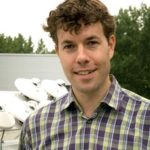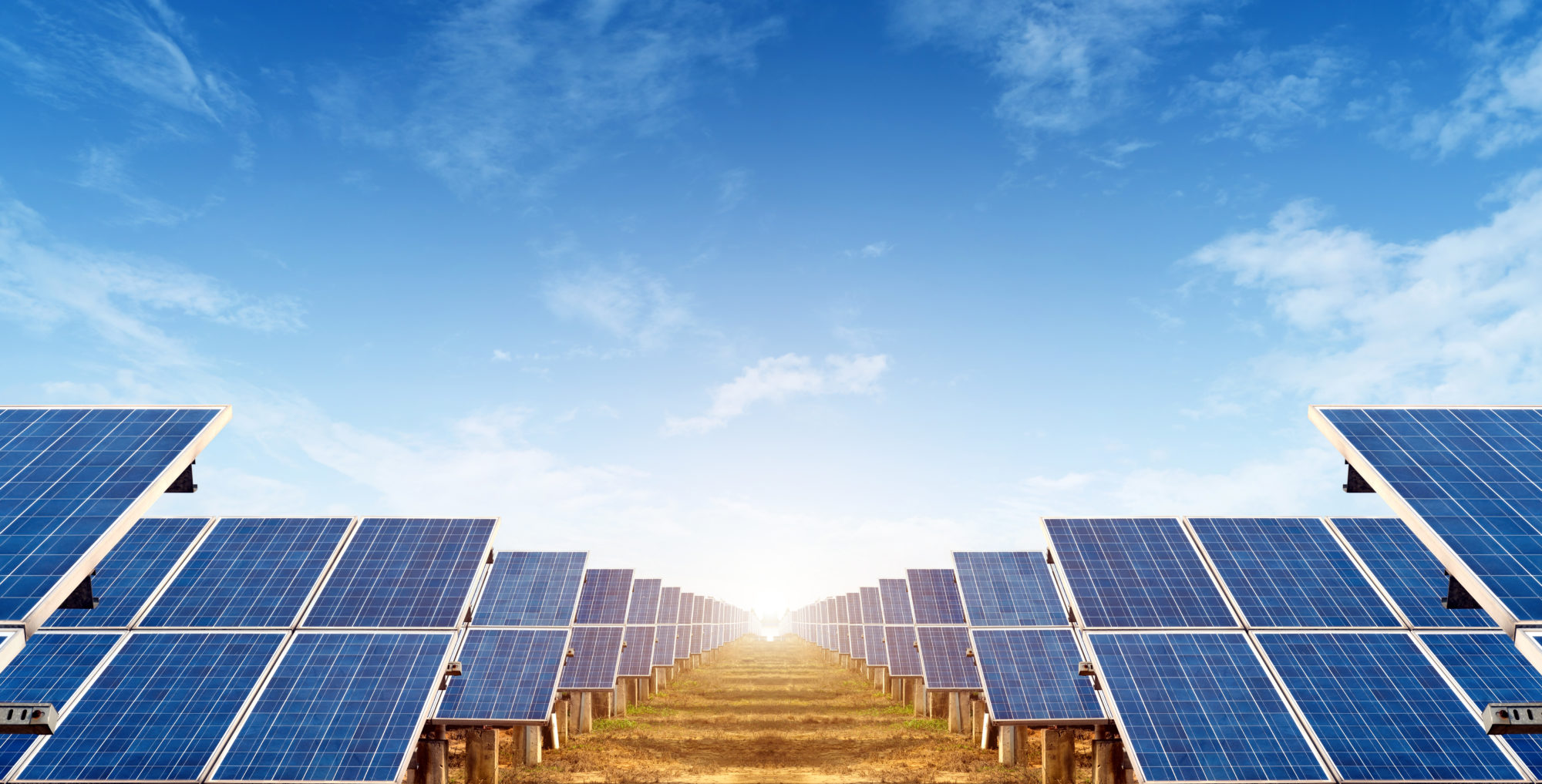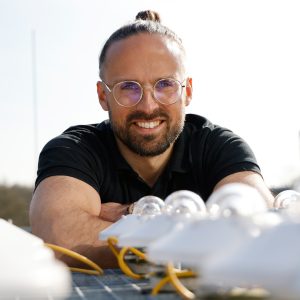In late 2018, the ISO 9060 standard for solar radiometers underwent a remarkable update that brought significant changes to the classification of solar radiation measurement quality. At first glance, ISO 9060:2018 appears to be mainly a renaming of radiometer classification launched in the original version from 1990.
But, as often, the devil is in the detail and still causing a lot of confusion within the solar industry. Dr. Joop Mes, Senior Scientist and OTT HydroMet, was part of the committee that updated the ISO 9060 standard. In this interview, Mes explains the difference between the versions and how users benefit from it.
After nearly 30 years, ISO 9060 has been changed in 2018. An overdue update?
Dr. Joop Mes: Since 1990, many things have changed. Now, all manufacturers make smart sensors, too, that means they come with internal amplifiers and processing units. Of course, this causes an additional error. With its update of 2018, the standard considers the small signal processing errors of includes smart instruments.
Does that mean that smart sensors always come with bigger errors than analogue ones?
No, this is not true and a common mistake that one could make thinking ‘that error was not there before’. But you cannot look at the sensor alone. It is always linked to a data logger or another device that receives and converts the signal from analogue to digital, sometimes it also amplifies it.
Seeing the system as a whole, that processing error always was there. The only difference is that in smart sensors the signal processing happens now in the device itself, not in a later step in the data logger. So, this is not an additional error, it was there before. It just wasn’t covered by the standard.
Is there still a need for analogue sensors?
Oh yes, they are still relevant. Now, we as OTT HydroMet are selling more smart than analogue instruments. But some years ago, it was still the other way around. And we keep selling analogue sensors, they will be around for quite a while. The reasons can vary. Some customers prefer analogue sensors because they have remote stations or they are more traditional overall, for example meteorological services.
Who is that standard made for and why?
To start at the beginning, the ISO 9060 was made to give a rough indication of different quality levels and to make instruments easily comparable with each other. Basically, they are three different classes of quality. Depending on their budget and requirements, customers go for Class A, B, or C. The classification is a good introduction to various quality levels. But it also has disadvantages.
What are those?
A standard classification always narrows down product specifications to fixed categories. Specific features can get lost. Let me explain that according to our sensors portfolio. We as OTT HydroMet and its solar energy brand Kipp & Zonen have many instruments in the highest Class A, as the new SMP12, the CMP10 and its smart version SMP10, CMP21, and CMP/SMP22. In Class B, we have the CMP/SMP6 and in Class C, it’s the CMP/SMP3. We have one pyranometer that is specially designed for extreme conditions and has an outstanding temperature behavior, it’s the CM4. But its directional error is comparable to the CMP3. So, it is classified as Class C although it is very good for its purpose. This is what one should have in mind – some quality features for very specific applications are not explicitly covered by the classification.
Would you say that the update still makes sense?
Yes, for sure. And the standard even mentions that for some applications, specific instruments from lower classes might perform better than others from the highest class. The Kipp & Zonen CM4 is an example for that. So, the makers of the ISO 9060:2018 were very aware of that. Keep in mind the standard has been made for solar energy, not for climate studies. And for this purpose, for solar energy applications, it is good and useful. The new version is much more modern and makes allowance for technical developments and learnings from recent years.
The new version is much more modern and makes allowance for technical developments and learnings from recent years.

Which changes would you rate most important?
There are several, as the inclusion of smart pyranometers’ errors, for instance. Another one is the addition of guard bands, which basically means that measurement uncertainties are considered for specifying the different instrument properties which makes the classification more realistic.
The biggest change is surely the introduction of a new parameter that describes the spectral flatness of a pyranometer. The spectral selectivity from ISO 9060:1990 is now replaced by the spectral error, which makes much more sense. It compares how an instrument performs in the middle of the day with a certain atmospheric spectrum to its performance in the morning and evening, when the solar elevation is significantly lower.
In short: The spectral error says something about what error you can expect when the position of the sun changes – and with that, the solar spectrum. The spectral error considers the important fact that the composition of sunlight, the spectrum, varies depending on the time of day in a way more relevant for the application of solar measurements.
That said, the new 2018 version reflects the reality much better than its predecessor since it gives a typical uncertainty or ‘error value in %’ that a customer can expect, and this number can directly be compared to other instrumental errors such as temperature dependence. That was not the case with the spectral selectivity from the 1990 version.
How exactly does that spectral error determine where to rank an instrument within the new classification?
Basically, you have to look at how the instrument reacts to a couple of different spectrums and calculate the error for each spectrum separately. Then, you pick the largest of these errors and that determines in which class you can put your instrument.
When we look at the new classification in detail, we see that it describes more instruments than the first version of the standard. What does that new Class C cover and why has it been included?
The new version the standard now covers well-built photodiode radiometers, too, that have not been covered in the old version. Our Kipp & Zonen SP Lite2 for example is an entry-level pyranometer based on a photodiode detector, not on a thermopile module as the typical models.
Pyranometers with photodiodes don’t cover the whole range of solar radiation from 300 nm to 3000 nm. ISO 9060:1990 demanded spectral flatness of 3% across 350 nm 1500 nm spectral flatness which excluded photodiode pyranometers from the classification. Now, they do not need to comply with that range. As long as their spectral error is within the requirements of a specific class, they can be classified.
Actually, they cover the range of visible light and even a bit more, that is 400 nm to more than 1000 nm. For some use cases, that perfectly matches the requirements.
When you look at the testing spectrums defined in ISO 9060:2018, it stays within the allowed bands for a Class C pyranometer. So, if it performs like a pyranometer, why not call it a pyranometer? In the new standard in paragraph 4.3.1 it is stated that the classification of pyranometers is based exclusively on the measuring specifications of the instruments, not on manufacturing technologies.
However, the SP Lite2 does not have the spectral flatness over the whole wavelength range that our thermopile-type pyranometers have. That’s why it is classified as Class C but without the addition “spectrally flat”. The new classification helps to easily visualize this important difference.
You mention one new term that is part of the 2018 version, “spectrally flat”. Another is “fast response”. Tell us something about this.
In addition to the three Classes A, B, and C, we have those two new terms that specify the quality and characteristics of a pyranometer. We talked about the spectral flatness before.
The other one, fast response, means that the instrument quickly reacts to changing solar radiation. Quickly means faster than 0.5 seconds. This can be important for solar PV plants. If the clouds move quickly and cast shadow on the PV modules, fast response pyranometers can immediately measure the right irradiance level and give nearly real-time information that is important for the determination of the performance ratio.
Traditional pyranometers need roundabout 5 seconds to measure an increase or decrease of solar radiation. With the new standard, users can identify quickly if the instrument is suitable for fast response applications or not.
This article was originally published in PES Magazine.
Download our Whitepaper on Solar Energy Standards
In solar energy there are a number of international standards to consider when it comes to PV plant operation and maintenance. Some of these also apply in the earlier phases of design, procurement and construction. The standards and levels selected for a solar project also influence the products required to monitor solar irradiance and environmental conditions.
To help make sense of a somewhat complicated subject, we have summarized the most relevant ISO and IEC standards that apply to weather monitoring in a whitepaper: ‘ Solar Energy International Standards’.




